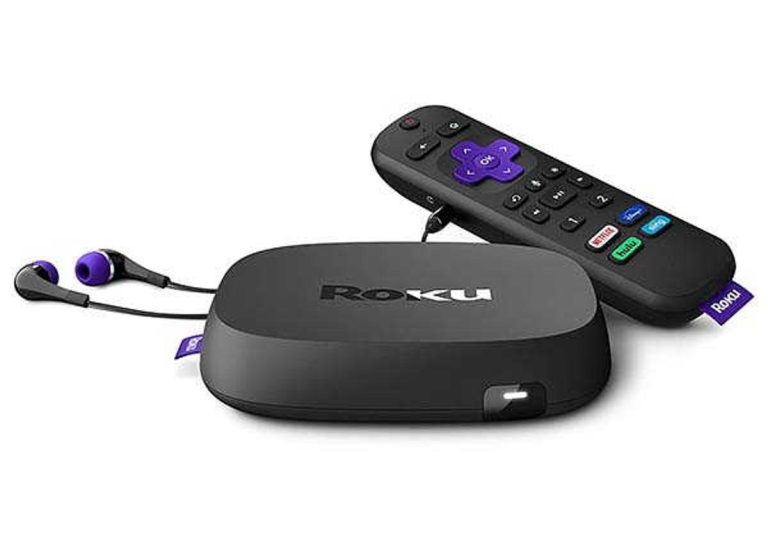The Best Streaming Video Player for Any Website
Choosing the Right Streaming Video Player for Your Website Understanding Different Video Hosting Requirements When you’re looking to add video to your website, the choice of streaming video hosting service can make or break the user experience. You need a service that not only aligns with your technical requirements but also enhances your content’s reach…



